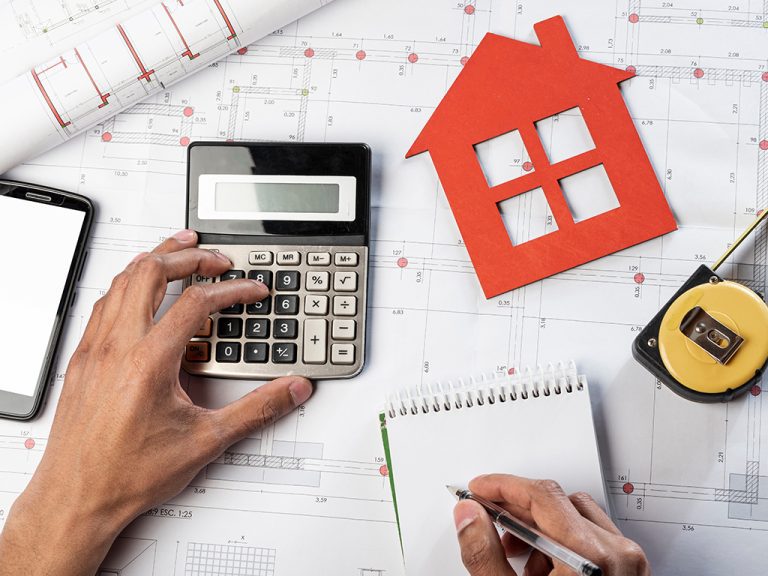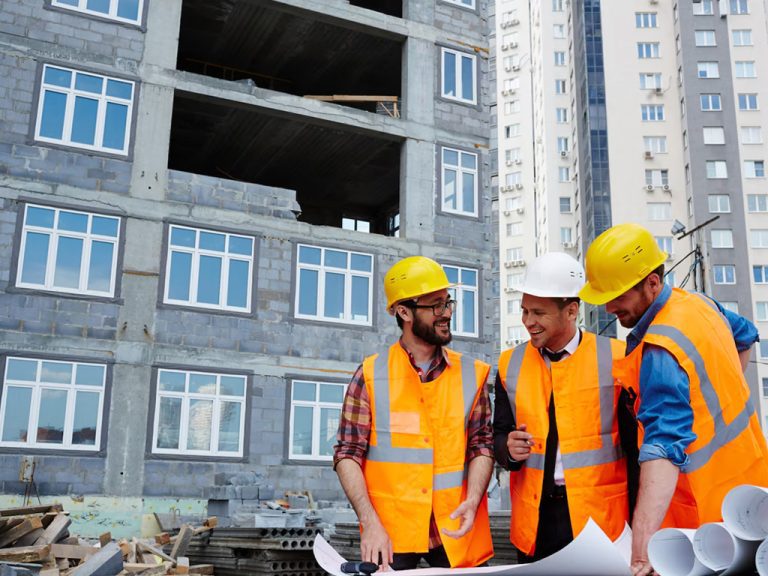In the world of construction and engineering, success often hinges on the foundation of a solid structural design. The expertise and support of structural design professionals can make all the difference in ensuring a project’s safety, longevity, and functionality. In this article, we’ll delve into the essential role of structural design support and its impact on the construction industry.
Understanding Structural Design Support
Structural design support encompasses a wide range of services that aid in the creation and implementation of safe and effective building structures. This support includes architectural planning, load-bearing assessments, materials selection, and more. The goal is to create designs that not only meet aesthetic preferences but also adhere to building codes and engineering standards.
The Importance of Structural Design
Safety First: The primary purpose of structural design is to ensure the safety of the structure and its occupants. Professional structural engineers employ their knowledge to calculate loads, stresses, and movements to design a building that can withstand various environmental and man-made factors.
Longevity: A well-designed structure can have a longer lifespan, reducing the need for extensive maintenance and repairs. This translates to cost savings in the long run.
Functionality: The design of a building plays a crucial role in its functionality. Structural design support ensures that the space serves its intended purpose efficiently and effectively.
Compliance with Regulations: Building codes and regulations vary from one location to another. Structural design professionals are well-versed in local building codes and ensure that your project complies with all relevant laws.
The Process of Structural Design Support
Structural design support typically follows a series of steps, which may include:
Initial Consultation: The project team collaborates with structural engineers to discuss goals, constraints, and preferences.
Preliminary Design: Engineers create an initial design that outlines the overall structure and load-bearing elements.
Analysis and Testing: Using advanced software and calculations, engineers assess the design for safety and stability.
Fine-Tuning: Based on the analysis results, the design is refined to meet safety and functional requirements.
Documentation: Engineers produce detailed blueprints and documentation for construction.
Construction Support: Throughout the building process, structural engineers may provide on-site support, answering questions and ensuring that the design is implemented correctly.
Choosing the Right Structural Design Support
When selecting a structural design support team, it’s crucial to consider the following:
Experience: Look for professionals with a proven track record of successful projects similar to yours.
Local Knowledge: Ensure they are well-versed in local building codes and regulations.
Communication: Effective communication between the design team and other project stakeholders is key to a successful project.
Adaptability: The ability to adapt to changes and unexpected challenges during construction is essential.
In conclusion, structural design support is the bedrock of any successful construction project. It ensures safety, longevity, functionality, and compliance with regulations. By choosing the right team of structural design professionals, you’re setting your construction project up for success. So, whether you’re planning a small renovation or a large-scale development, investing in quality structural design support is a decision that will pay off in the long run.









